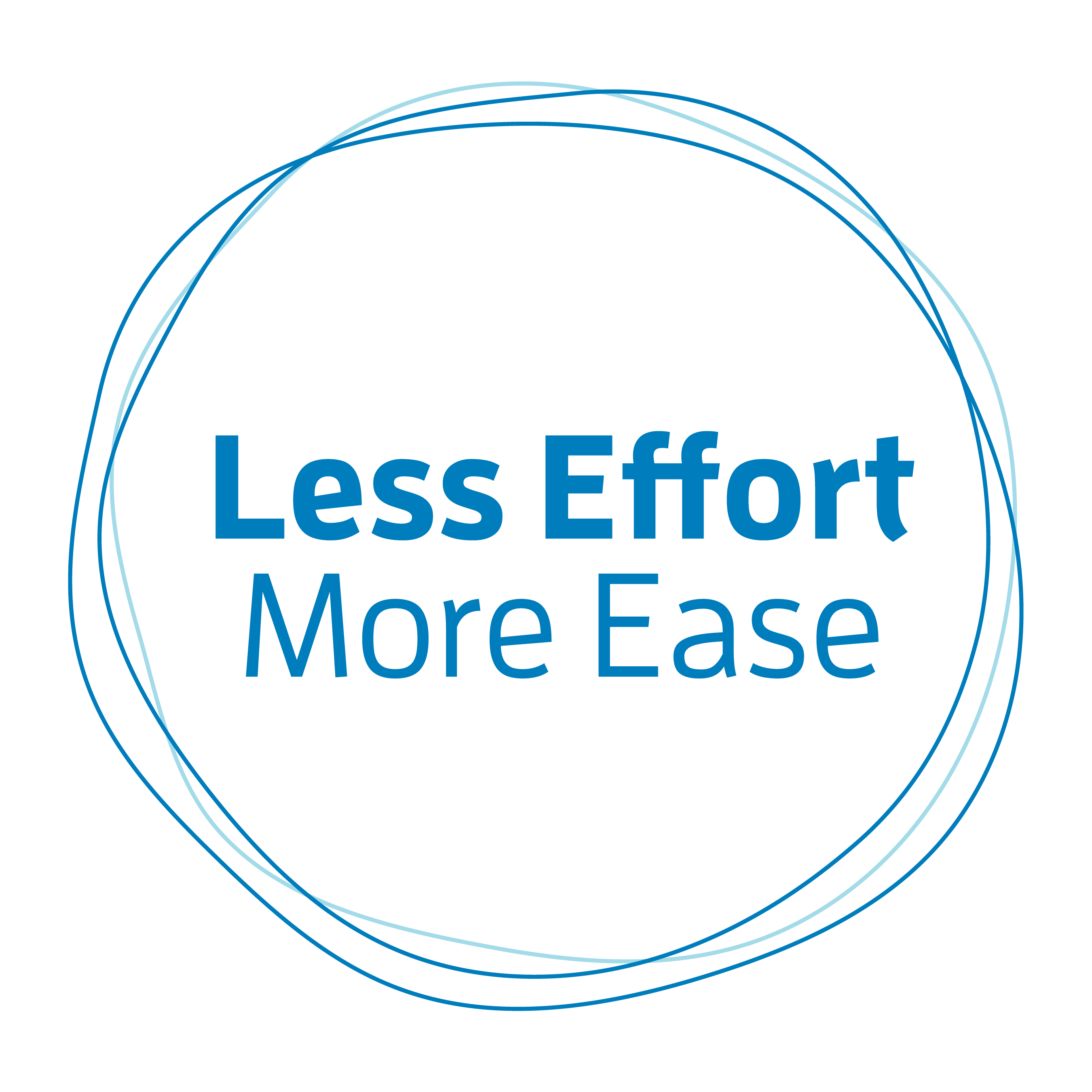If you Google “pillars of health” you’ll find lots of lists. The 3 pillars of health—good nutrition, exercise, and sleep—are joined by the 4 pillars of health, the 5 pillars of health, and even the 6 pillars of health. But nowhere in these lists is posture mentioned as one of the pillars. I did find it in one of the lists under “active lifestyle” along with a myriad of other things.
As a professional in a field that deals with postural education, I’m not surprised in the least. Posture is typically overlooked as a contributing factor in things from back pain and breathing to digestion and headaches.
But the fact of the matter is, your posture is the foundation of everything you do. However, the very fact you take your posture with you wherever you go can make it a daunting pillar to even consider including in your overall health plan. Even if you strongly believe it influences how you look, feel, and move.
Really, how do you go about working on something that’s going on all the time? I wouldn’t blame you for setting it aside as just too momentous a task to even take on. But what if you took a different approach?
***
Your head plays an important role in your posture. It’s not insignificant weight. The average head weighs 10-12 pounds. Not unlike a bowling ball. And quite a bit heavier than a gallon jug of water (which weighs just over eight pounds).
Try and find something that is 10-12 pounds. A medicine or bowling ball will work. If all you’ve got is a full gallon jug of water, you can use that—but remember it’s still not the full weight of the average head.
Hold your object in front of you so it touches your chest. Experience its weight. Now, extend your arms so your object is away from your body. Experience its weight. If I asked you to hold your object for 10 minutes, where would you want to hold it? My guess is close in near your body would be your preference.
Your head balances delicately on the top vertebra of your spine right between your ears.
Yes, that high up!
The joint between the head and spine allows you to nod your head up and down somewhat. It has a big fancy anatomical name, but I like to call it my Nodding Joint or my Looking Up Looking Down Joint.
Take your index fingers and stick them in your ears so they’re pointing toward each other. Imagine a rod connecting your two fingers. Allow your head to gently pivot around that rod so you look up and down a bit. That’s where your head is designed to nod from.
Yes, that high up!
Now take one hand and place it at the base of your neck in the back. The seventh cervical vertebra is a little larger and sticks out a bit more so you can usually find it easily. This is where a lot of us mistakenly look down from—instead of higher up at the actual joint.
Take your other hand and hold your smartphone in front of you at waist level. Or if you’re sitting at a table place it flat on the table right in front of you or even hold it in your lap—very common places to have our phones when we’re reading them. Look down at it. You will have to drop your neck and head to adequately see and read the phone in that position. You cannot look down from the joint between the ears and see the phone in the position it’s in.
Now pick up the phone and bring it up, maybe to the level of your chest and angle it slightly toward you. Are you able to use just the joint between the ears to gently nod your head forward to see the screen? This should be a much lighter feeling than looking at your phone when it was in your lap.
The difference between looking down from higher up at the actual joint, high up between the ears, and from the base of the neck is similar to the difference between holding your object close to your chest and extending it out in front of you. When you can leave the weight balanced more on top of your spine instead of letting it drop in front of you, it’ll be lighter and cause less strain on your body.
***
Dropping your head and neck as you peruse your phone is one way you mess with your head over and over again. But it’s not surprising—because your body tends to follow your attention. And your attention is typically on what you’re looking at.
You’re human and humans are very visual creatures. If you think about it, those things that you’re looking at most of the day are typically in front of you and often below your head—your phone, your laptop or desktop screen, your friend across the table, the road in front of you as you drive to work.
It’s just something you have to contend with. But awareness is the first step towards any change.
Just like you take your posture with you wherever you go, so you take your head with you wherever you go as well. And what you’re literally doing with it day in and day out will affect you over time.
A simple way to start working on including your posture as one of your pillars of health is to include your head in your awareness a bit more of the time. Let’s face it, most of the time you don’t know where your head is—and I mean literally, not figuratively.
Start with asking yourself a simple question from time to time throughout the day over the next couple of weeks: “Where is my head?” That’s it.
Ask the question out of pure curiosity without any harsh judgment or criticism of yourself. If you ask it gently and with curiosity and you ask it often, I bet you’ll learn quite a bit about yourself and what you do. And that’s where you need to start.
Keeping things simple is the easiest way I know to start making the changes I want. If it’s simple I’m more likely to do it. Not once, but again and again. And it’s often the small things, done consistently, that lead to real lasting change.
Image by StockSnap from Pixabay
P.S. Are you a subscriber to my e-newsletter? If you like this blog and are craving more information on how to move better and feel better there’s no better time to sign up. You’ll get a free booklet with tips for exploring your posture (that has nothing to do with standing up straight and pulling your shoulders back. I promise!). And once a month I’ll pop into your inbox with new ideas for you to experiment with. In addition, you’ll be the first to know about any upcoming events, local or online.




